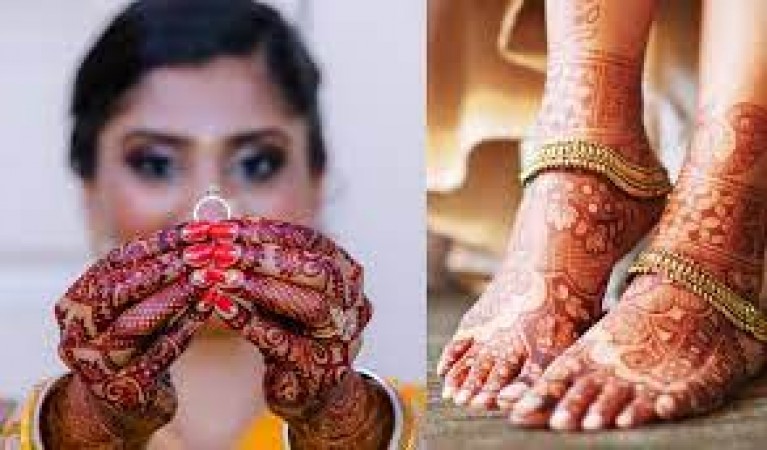
Henna, a natural dye made from the leaves of the henna plant, has been cherished for centuries for its ability to impart a deep and rich color to the skin and hair. In this article, we'll explore time-tested home remedies shared by our beloved grandparents to achieve that coveted and lasting henna color. These traditional methods not only enhance the color but also add an element of nostalgia and familial connection to the process. Henna, known as "Mehndi" in many cultures, is not merely a dye but an emblem of celebration, tradition, and artistry. It's more than just a beauty enhancer; it's a storyteller etching the chapters of history onto the skin.
Across various cultures, henna holds a special place. From weddings to festivals, its application signifies joy, luck, and blessings. But the depth of color matters, and that's where the wisdom of our ancestors comes into play.
The journey to a rich henna color begins with selecting the right henna powder. Seek finely-sifted and naturally-sourced henna for optimal results. Avoid additives for a truly authentic experience.
Grandma knew best – her special concoction of tea liquor creates a robust henna paste. The tannins in tea react with lawsone, the pigment in henna, yielding a color that's not only deep but long-lasting.
Incorporating a lemon and sugar syrup mix after applying henna acts as a sealant. This technique retains moisture, allowing henna to set effectively and produce an intensified stain.
Adding a drop of eucalyptus oil doesn't just heighten the fragrance; it intensifies the henna color too. It aids in breaking down henna's cell walls, releasing more pigment.
Patience is key. Allowing the henna to rest on your skin for 6-8 hours ensures a deeper, richer color payoff. Grandma's reminder that good things take time holds true here.
Creating the henna mixture is an art. From combining henna powder with tea liquor to achieving a toothpaste-like consistency, this step-by-step guide ensures your mixture is perfect for application.
The application process is a ritual in itself. From intricate designs to personalized touches, applying henna is a sensory experience that connects you with generations past.
After application, wrap the henna-adorned area with tissue and secure it with medical tape. This preserves heat and moisture, aiding the setting process.
The moment of truth – rinsing off the dried henna reveals the initial color. Don't worry if it's not dark initially; henna oxidizes over the next 48 hours, deepening the hue.
Grandma's wisdom also comes with cautionary advice. Avoid water exposure for the first 24 hours after removing henna; chlorine and soap can dull the color.
Different cultures have distinct approaches to henna application. Embrace these variations; they carry narratives of their own and add to the richness of the tradition.
Henna isn't confined to coloration; it's a canvas for artistic expression. From free-flowing designs to cultural symbols, it's a form of wearable art.
Using traditional henna methods isn't just about the color; it's about connecting with the past. When you apply henna, you're carrying forward a legacy of love and tradition. In a world of rapid change, holding onto traditions becomes a way to preserve our roots. The rich color achieved through these timeless methods is a testament to the wisdom of our grandparents and the beauty of our shared heritage.
Raksha Bandhan Reimagined: A Vegetarian Feast for the Family
From Pizza to Biryani: A Journey through Global and Indian Cuisine